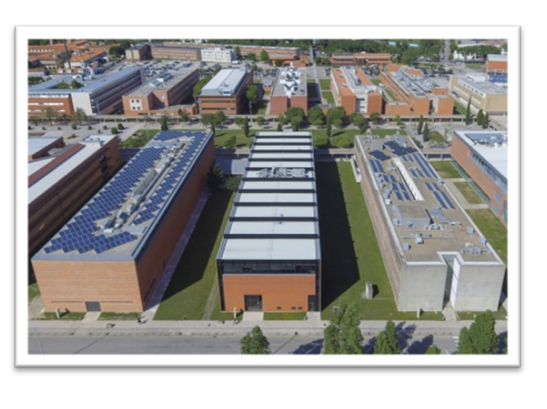
University of Aveiro
About
The UAVR is a young university, founded in 1973, with over 15500 full-time students (Graduate and Post-graduate). The University has a strong research profile, a unique model of governance (16 Departments, 4 Polytechnic Schools and various training centres), acting as a regional network for education and training promoting strong links with the surrounding community and was a pioneer in launching degrees in new subject areas. Despite being a young university, it has already achieved international recognition for the quality of both its teaching and its research. The UAVR seeks to develop and maintain a supportive research environment, where individuals are valued and provided with the support they require. Students and researchers can count with a solid and experienced administrative, financial and legal structure composed by several offices, integrated in different services, from which we highlight: the Research Support Office (GAI), the Management of Human and Financial Resources, the Technology Transfer Office (uacoopera) and the Mobility Centre.
CICECO – Aveiro Institute of Materials, is an Associated Laboratory of the University of Aveiro (UA) and joins some 470 chemists, physicists and materials engineers making it the largest Portuguese Materials Science and Engineering (MS&E) institute (www.ciceco.ua.pt). Created in 2002, the institute has contributed to the development of scientific and technological knowledge necessary for the innovative production and transformation of materials, for a sustainable development and the benefit of society (from ceramics to soft matter and hybrids). CICECO’s research team is truly international, with 25% foreign-born PhD members (from 19 different countries). The ratio of male to female members is close to 1. CICECO national and international scientific recognition is also reflected in the participation on several European Excellence Networks. CICECO is one of the most productive research institutes in the country in all scientific areas. In 2020, 626 SCI papers were published, 17 PhD and 43 MSc theses were finished, and 17 patents (6 international) were filed.

